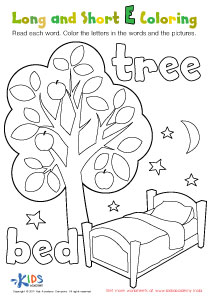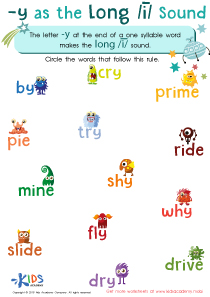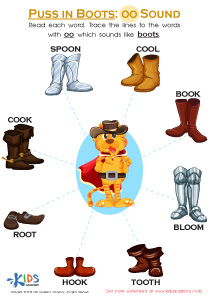Middle Vowel Worksheets for Ages 3-9
4 filtered results
-
From - To
Explore our engaging Middle Vowel Worksheets specifically designed for children aged 3-9! These interactive resources focus on developing phonetic awareness and strengthening reading skills through fun activities. Perfect for preschool and early elementary learners, our worksheets help kids identify and practice middle vowel sounds in words, enhancing their grasp of language. With colorful illustrations and easy-to-follow instructions, each worksheet is crafted to keep young learners motivated and involved. These valuable tools suit both home and classroom use, making learning vowels not only educational but enjoyable. Start your child’s journey to reading confidence today with our delightful middle vowel worksheets!
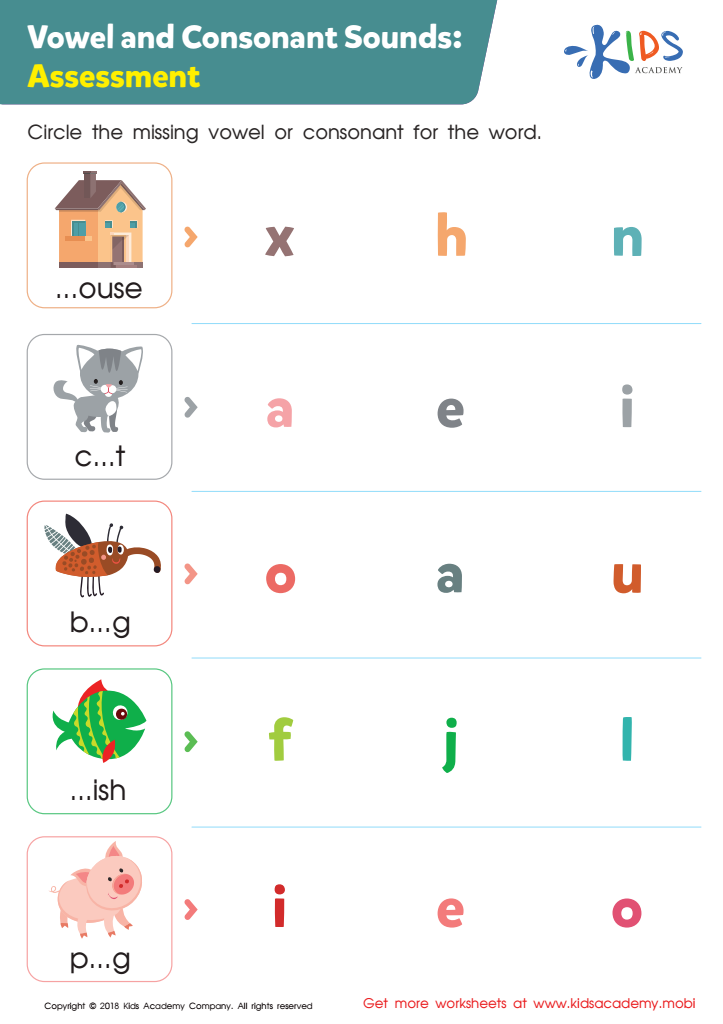

Vowel and Consonant Sounds: Assessment Worksheet
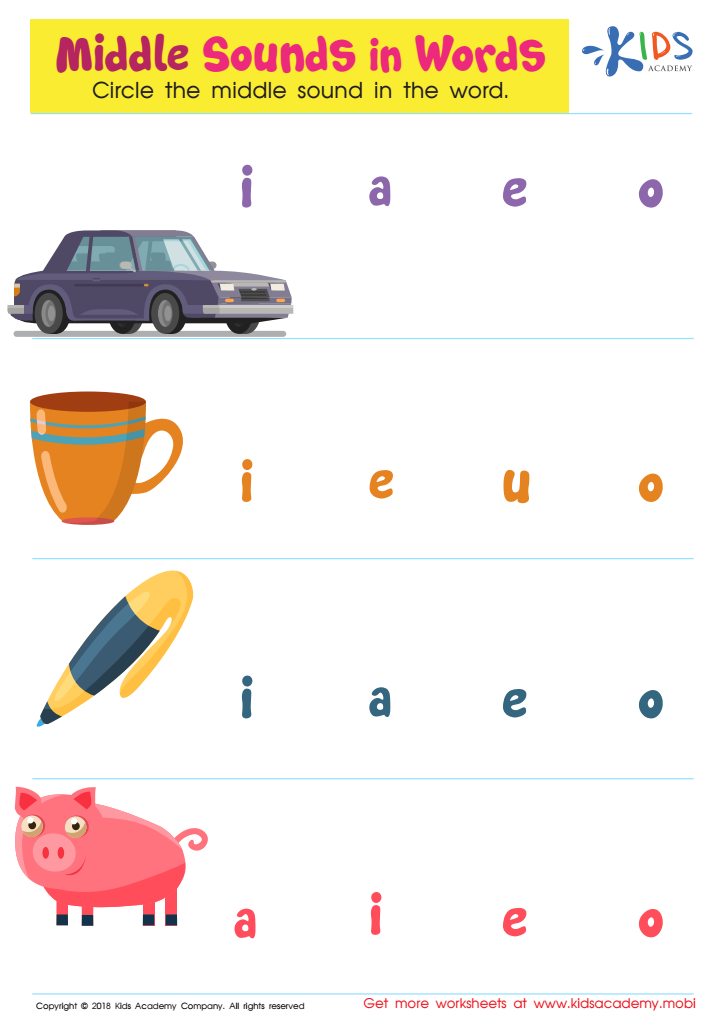

Middle Sounds in Words Worksheet
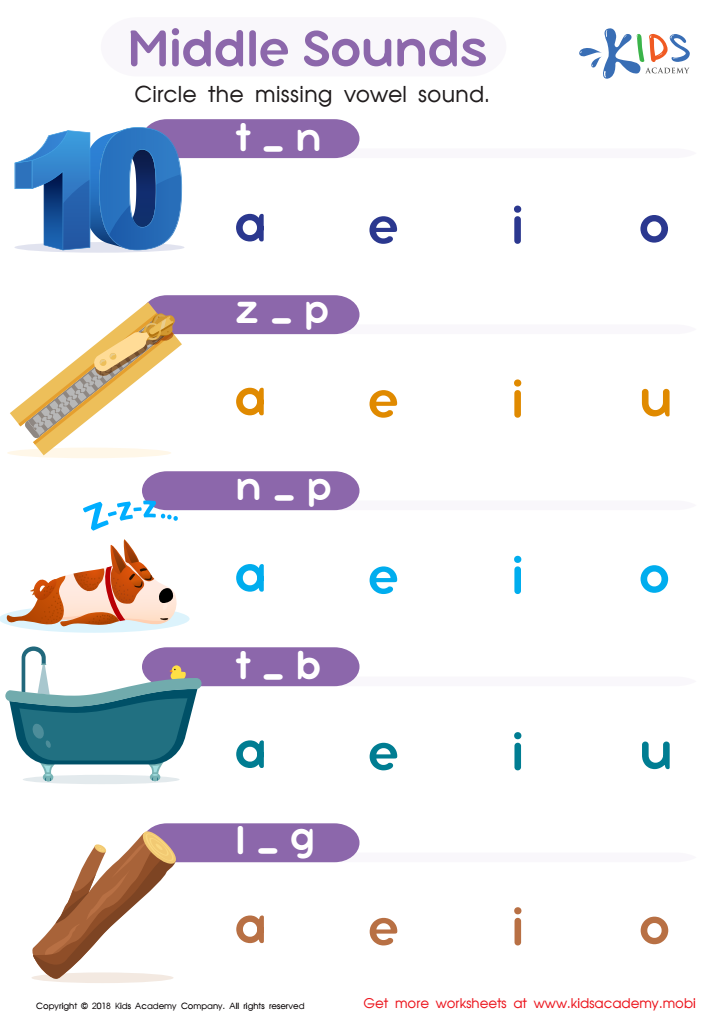

Middle Sounds Worksheet
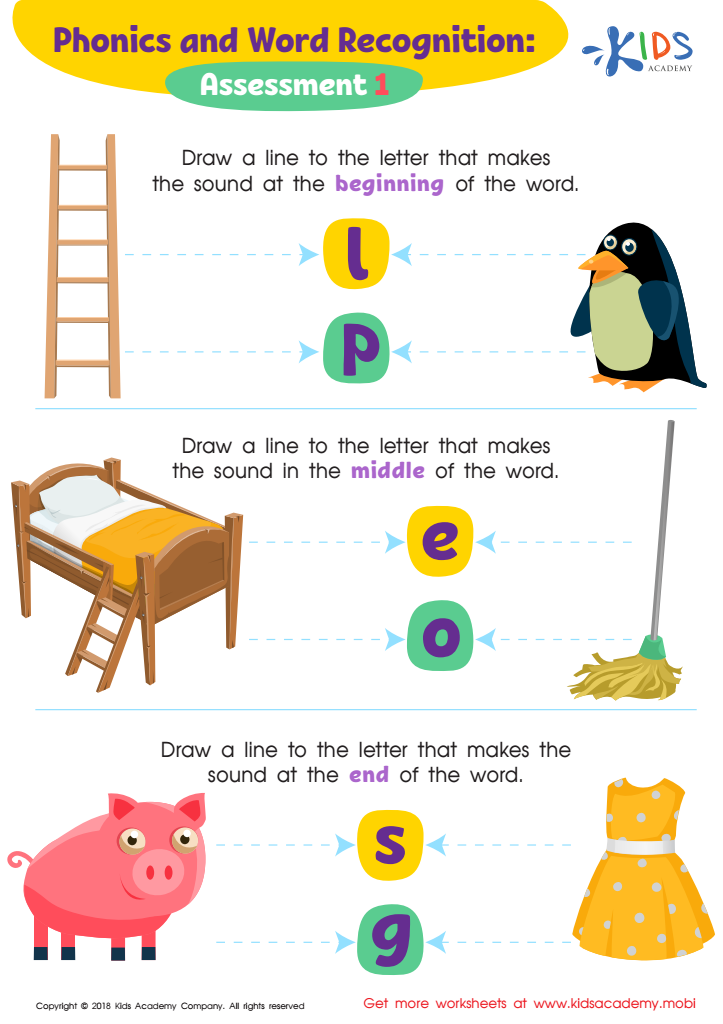

Phonics and Word Recognition: Assessment 1 ELA Worksheet
Middle vowels play a crucial role in a child's literacy development between the ages of 3-9, as they form the backbone of word construction and pronunciation. These pivotal sounds, found in words like "cat" (a) or "fish" (i), can significantly affect a child’s ability to read and spell, laying the groundwork for early language skills. Understanding middle vowels enhances phonemic awareness, allowing children to recognize and manipulate sounds in words, which is foundational for decoding skills when they begin reading.
Moreover, middle vowels facilitate a child's engagement with more complex language structures as they progress in their education. Through targeted activities that focus on middle vowel sounds, parents and teachers can help young learners build confidence in their reading abilities, thus fostering a positive attitude toward learning. This early intervention is essential in bridging the gap between early phonics and fluent reading, setting the stage for future academic success. Therefore, focusing on middle vowels can significantly enhance early literacy initiatives and ensure children have the foundational skills they need to thrive as readers and communicators.
 Assign to My Students
Assign to My Students





